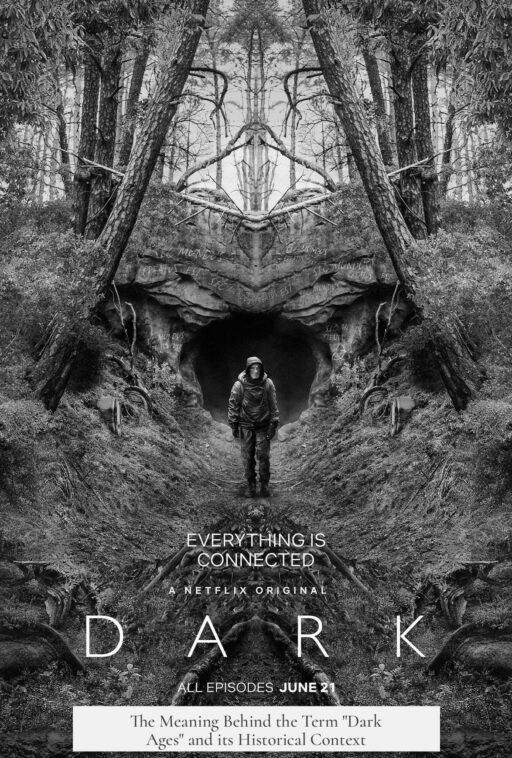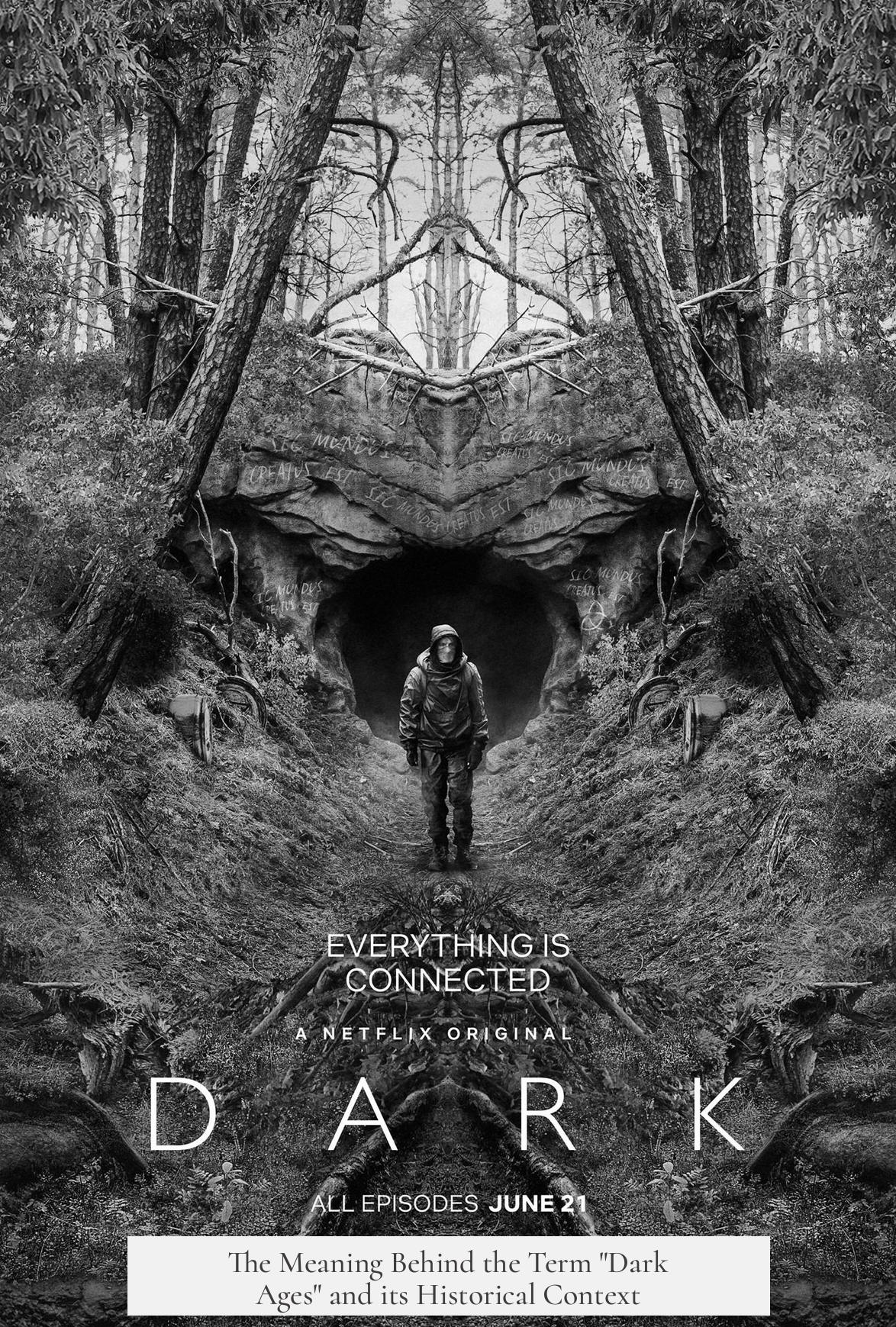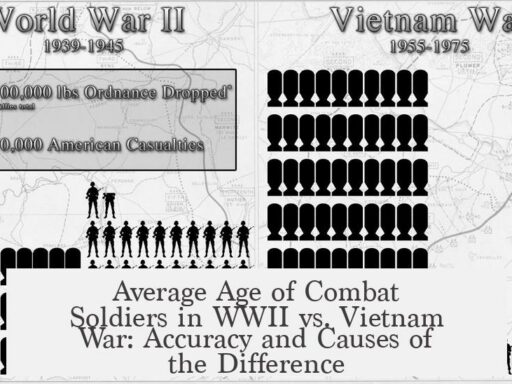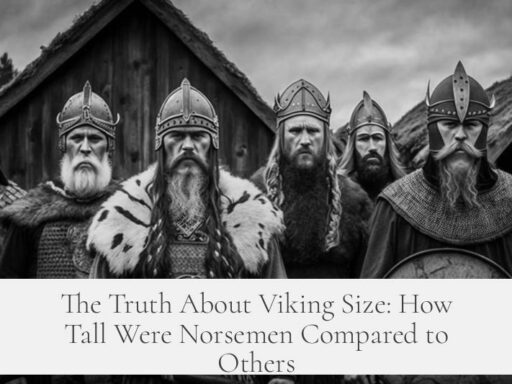The period called the Dark Ages gets its name from a lack of historical records and cultural knowledge, rather than from being inherently bad or backward. The term was first introduced by Caesar Baronius in the early 1600s while writing a church history. He used “dark age” to describe a time with few surviving documents and little reliable information, translating roughly as “obscured age.” The name stuck and later historians contrasted this period with the bright achievements of the Classical Age and the Enlightenment that followed.
Baronius’s intent was not to label the era as evil or uncivilized but rather to highlight how little was known about it. This period, mainly the Early Middle Ages in Western Europe after Rome’s fall, saw a significant decline in literary output and monumental architecture. Few written sources survived, making it difficult for later scholars to understand cultural and political developments fully.
The Dark Ages technically refers to the centuries between roughly the 5th and 10th centuries AD. This period followed the decline of the Western Roman Empire and preceded the Carolingian Renaissance under Charlemagne. Germany’s tribes and other groups moved into former Roman lands, leading to political fragmentation. The instability led to less construction of grand buildings and fewer preserved records.
It is important to note that the Dark Ages mostly applies to Western Europe. The Eastern Roman Empire (Byzantine Empire) during this time remained prosperous and culturally vibrant. It continued to produce art, literature, and maintain administrative records. So the term “Dark Ages” does not describe the entire medieval world but mostly the western portion.
Within Western Europe, the term specifically identifies the Early Middle Ages. This era lacks the impressive stone cathedrals and castles built in the High and Late Middle Ages. Architectural marvels from later medieval periods still stand today, but few notable structures survive from the earlier centuries. The scarcity of building and literary sources has forced much modern knowledge to come from archaeology.
Several key historical factors characterize this early medieval phase. Following Rome’s fall, various tribes like the Franks, Angles, Saxons, Jutes, and Visigoths invaded and settled across Europe. Their internal conflicts and migrations caused political instability. For example, the Frankish kingdom often split among heirs, leading to internal wars. Britain’s Anglo-Saxons fought among themselves and later against Viking incursions.
The name “Dark Ages” also reflects this cultural and intellectual obscurity. Literacy declined, as did the centralized governance that had preserved Roman knowledge. Few historians or chroniclers were active, and those who wrote are often the sole sources for that time.
The end of the Dark Ages comes with Charlemagne’s reign in the late 8th and early 9th centuries. Charlemagne centralized power, promoted literacy, and revived learning and culture. His capital at Aachen became a new center for architecture and scholarship. Supported by the Pope, Charlemagne’s reforms helped rebound from the previous centuries’ turmoil.
| Aspect | Details |
|---|---|
| Origin of term | Caesar Baronius, 1600s; meant “period with few records” |
| Meaning | Not ‘bad era’; referred to obscurity and lack of documentation |
| Geographic scope | Primarily Western Europe; Eastern Roman Empire did not experience this |
| Timeframe | Early Middle Ages, roughly 5th to 10th century AD |
| Main features | Political fragmentation, fewer texts, scarce architecture |
| Ending period | Charlemagne’s reign: centralization, literacy revival, building projects |
- The Dark Ages refers to a lack of historical records rather than moral decline.
- It applies mainly to early medieval Western Europe, after Rome’s fall.
- Eastern Roman Empire maintained culture and prosperity.
- Political upheaval and migrations caused instability and lost knowledge.
- Charlemagne helped end this obscurity with reforms and cultural revival.
Why Was the Period of the Dark Ages Given That Name?
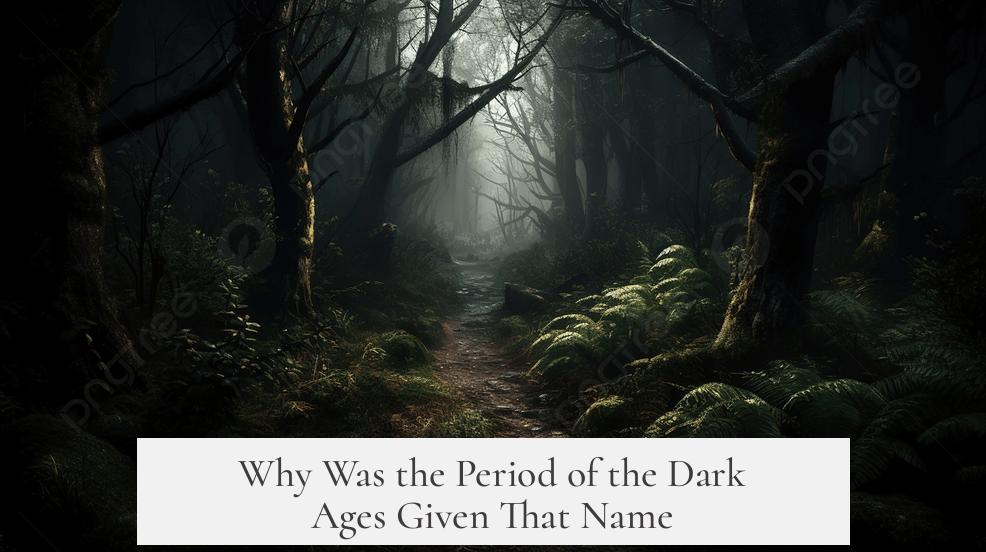
Let’s cut to the chase: The “Dark Ages” got their name not because everyone was wearing black or civilization packed up and ghosted Europe, but because historians found that period… well, pretty dark when it came to surviving records. But the story behind this label is far more nuanced — and intriguing — than just gloomy vibes and a supposed cultural blackout.
So, why exactly do we call it the Dark Ages? And is that label still deserved today? Let’s unpack this with a fresh set of lenses.
The Origin: A History of History
In the 1600s, a church historian named Caesar Baronius penned a vast work called *Annales Ecclesiastici*. While chronicling church history, Baronius hit a snag: a period where records were scarce and fragmented. He coined the Latin term saeculum obscurum, which translates roughly to “obscured age.” Essentially, Baronius was scratching his head over a time shrouded in shadows and mystery because few texts from that era survived.
This term stuck. Later thinkers and writers contrasted this so-called Dark Age with the luminous Classical Age of Greece and Rome before it—and with the dawn of the Enlightenment after. Over time, this phrase subtly shifted in meaning from describing a void of historical records to implying a genuinely “bad” era. A misunderstanding, many argue.
What “Dark” Really Means Here
The phrase “Dark Ages” often sparks images of ignorance, backwardness, and chaos. But that’s a modern misconception. In truth, “dark” originally meant something closer to “unknown” or “unilluminated” in terms of what we know—and can prove—about that time.
The Dark Ages shine less by torchlight and more by archeological curiosity. For instance, similar gaps show up during the Greek Dark Ages (~1100-700 BC), when society regressed from the Mycenaean civilization, leaving fewer monumental structures or written records.
In short: The “dark” is about a murky historical record, not a civilization-wide failure.
Calling Time on the Term: Modern Perspectives
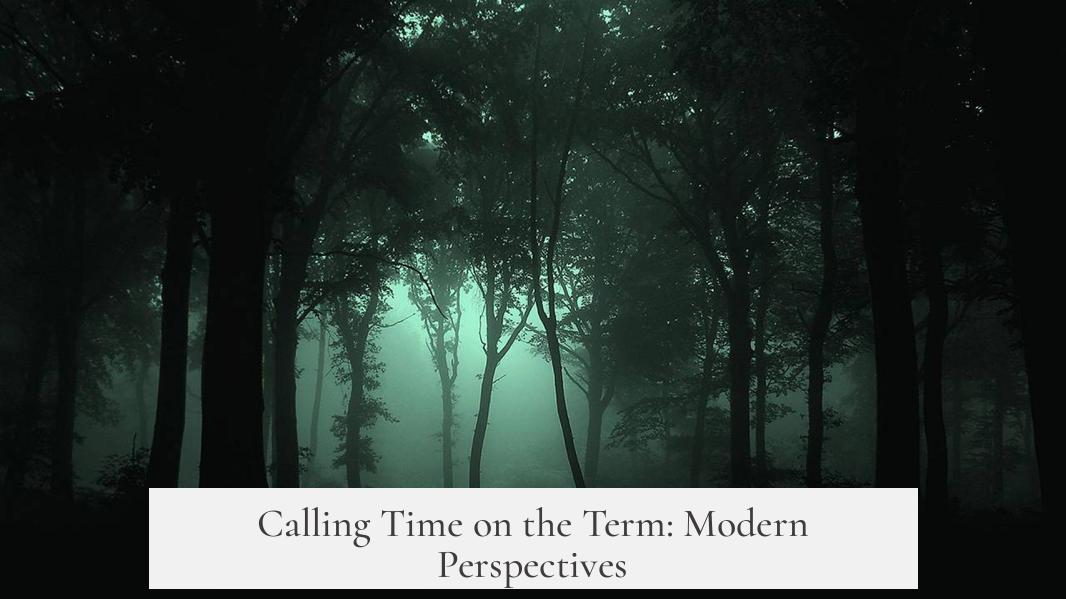
Fast forward to today, and many historians are ready to retire “Dark Ages” altogether. It’s now considered an outdated label—more loaded with judgment than helpful accuracy. Instead, experts favor “Early Middle Ages” to describe the roughly 400–1000 AD period.
This shift reflects a deeper understanding: the era was complex, with vibrant cultures and developments—it just didn’t leave the same abundant documentation or grand monuments that Rome did.
Did the Dark Ages Happen Everywhere?
That’s a great question. The “Dark Ages” label applies primarily to Western Europe. While Rome crumbled, the Eastern Roman (Byzantine) Empire thrived for centuries, maintaining and even expanding its influence.
Even within Western Europe, the term is best reserved for the Early Middle Ages, not the High or Late Middle Ages. If you stroll through European medieval cities, you’ll be dazzled by giant cathedrals and castles—monuments to cultural brilliance—constructed after the so-called Dark Ages had passed.
So, the “dark” isn’t uniform or eternal. It’s a snapshot focusing on a challenging transitional phase, marked by sparse literary sources and fewer architectural marvels.
The Real Story of the Early Middle Ages
Picture this: Rome’s slow fall through the 400s AD ushering in a time of turmoil. Germanic tribes like the Franks storm into France; Angles, Saxons, and Jutes settle in Britain; the migration period kicks off with frequent wars and power struggles. Political fragmentation defines the era. The Frankish Kingdom splits repeatedly, breeding civil conflict.
The Anglo-Saxons, for their part, spend decades fighting each other before battling Viking invasions. This turbulence explains, in part, why few large buildings or written records survive—it’s hard to be a careful scribe or architect during chaos.
Charlemagne: The Man Who Flipped the Switch
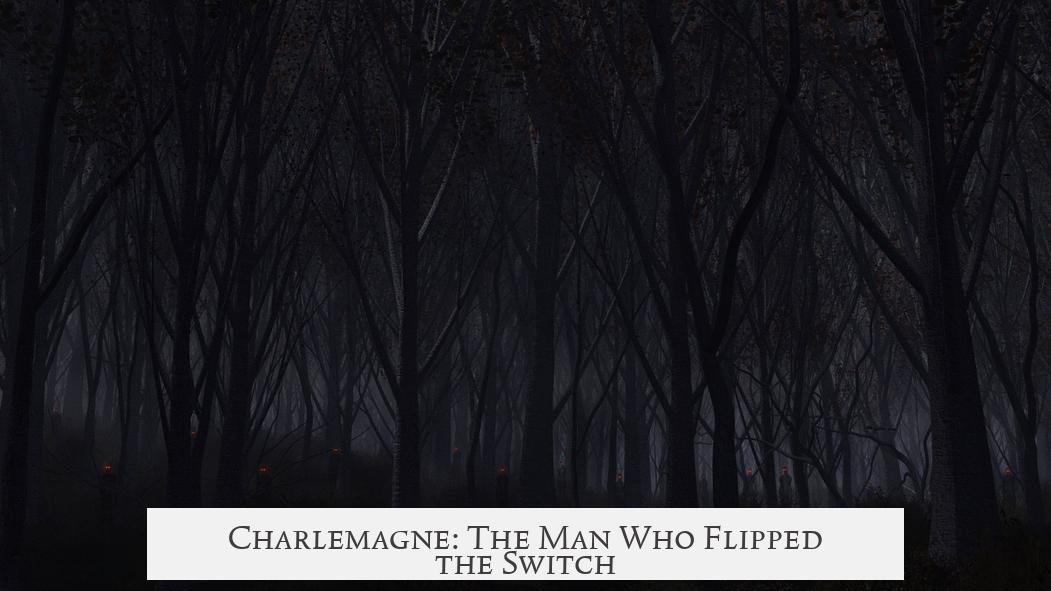
Enter Charlemagne, crowned Emperor in 800 AD and often credited with ending the Dark Ages. His reign centralized power, revived learning, and supported the arts. He made Aachen his capital and sparked a renaissance of architecture and literacy, emulating Rome’s grandeur.
In fact, Charlemagne’s efforts helped pave the way for the High Middle Ages, a brighter cultural phase with stunning monuments and more plentiful records.
So Should We Still Call It the Dark Ages?
Given the evidence, the term makes sense—but only if you remember what it originally meant: a phase with limited sources and architectural achievements, a “dark” spot in the historical record rather than a cultural abyss.
“The period after Rome and before Charlemagne is aptly labeled a Dark Age—not because it was a time of failure but because of the scarcity of literary and monumental legacies.”
Modern archeology continues to illuminate this era, revealing complexity beneath the “darkness.” And as scholarship advances, our understanding—and the labels we use—will evolve.
Wrapping Up: Beyond the Darkness
The “Dark Ages” aren’t a black hole of human progress. They’re a puzzle, partly hidden by time, requiring us to piece together history through scarce texts and archeological finds. When you dig deeper, you find resilience, migration, and the slow march toward revival.
Curious about how fast information and culture re-emerged? Think about how Charlemagne’s reforms made education and construction flourish, setting the stage for medieval Europe’s splendor.
So next time you hear “Dark Ages,” remember: it’s less about gloom and doom, more about historical gaps waiting patiently for us to fill.
Why was the term “Dark Ages” originally coined?
Caesar Baronius coined the term in the 1600s while writing church history. He used it to describe a period with few historical records, calling it a “dark” or obscured age.
Does “Dark Ages” mean the period was bad or evil?
No, it does not mean the era was bad. It refers to the lack of information and surviving records from that time, making it a period “in the dark” historically.
Why are the early Middle Ages specifically called the Dark Ages?
This period had very few literary sources and little permanent architecture compared to other times. The scarcity of written records and building projects defines it.
Did the Dark Ages affect all of Europe equally?
No, it mainly applied to Western Europe. The Eastern Roman Empire remained prosperous, and later medieval periods showed much cultural and architectural growth.
What ended the Dark Ages and why?
Charlemagne ended the Dark Ages by centralizing power and promoting learning. He revitalized architecture and literacy, helping bring back a sense of order in Western Europe.
